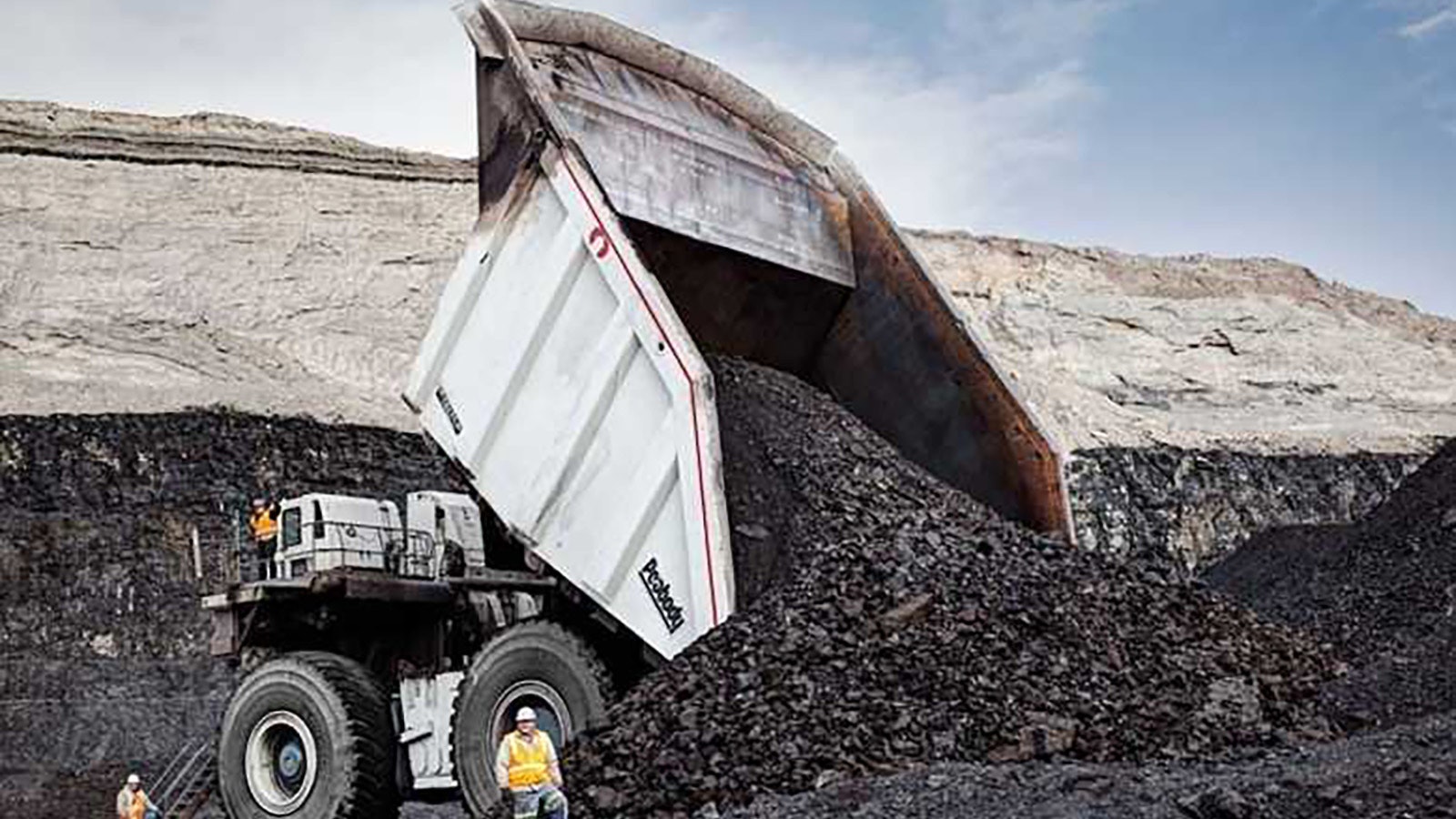St. Louis-based Peabody Energy Corp. reported Thursday that it won’t hit financial guidance targets for its first quarter, partially in response to dismal coal production out of Wyoming’s coal-rich Powder River Basin.
The production at Peabody’s mines fell to a decade low for its first three months, according to data provided by the Wyoming State Geological Survey.
The company attributes the lower coal shipments to coal-fired power plants on “unseasonably warm weather and continued low natural gas prices.”
Despite severe storms that brought large hail and tornadoes to portions of the Midwest and a blizzard that buried parts of California under feet of snow, the average temperature was 39.4 degrees in the January through March period in the contiguous United States.
The temperature during the three months was ranked as the fifth warmest on record in the past 130 years, according to information provided by the National Oceanic and Atmospheric Administration.
Low Gas Prices
Historically low natural gas prices also have negatively impacted coal volumes because electric power plants see opportunities to buy gas instead of coal, especially as utilities convert their coal-powered plants to gas-fired ones.
Natural gas storage inventories are nearly 40% higher than normal during the so-called withdrawal season from November to March than the five-year average, according to the Energy Information Agency.
The surplus at the start of the winter and a mild winter resulted in below-average natural gas consumption, leading to a large storage inventory surplus at the end of March, the EIA reports.
Falls Short
Peabody’s guidance fell well short of expectations.
In early February, the coal company had estimated shipments out of the PRB to slip to 21 million tons for the quarter ended March 31 after hitting its highest level of coal production in Wyoming’s Powder River Basin during the fourth quarter of 2023 since 2019, and despite a tornado ripping through its flagship mine last summer.
In late June, a tornado descended on the North Antelope Rochelle mine in northeast Wyoming, causing few injuries. The mine — the largest in the nation — was not as fortunate, suffering serious damage that temporarily halted operations.
The tornado damaged a train loading dock and power line to the mine.
Peabody also operates the Caballo and Rawhide mines in the Powder River Basin.
Peabody said Thursday that coal volume fell to 18.7 million tons in the 2024 first quarter versus the 21 million tons that it forecast. A year ago, Peabody mined 21.9 million tons in its first quarter.
The coal mined in the first three months of 2024 is the lowest volume in Peabody’s first quarter since 2014.
Peabody also said the lower financial guidance was impacted by “unfavorable seaborne thermal” coal shipped from foreign mines and a dragline outage and the acceleration of repairs on a planned coal preparation plant.
Peabody will announce results for its first quarter May 2. In midday trading Thursday, Peabody shares traded flat at $23.57 after having dropped 7.3% earlier in the day.
Pat Maio can be reached at pat@cowboystatedaily.com.





